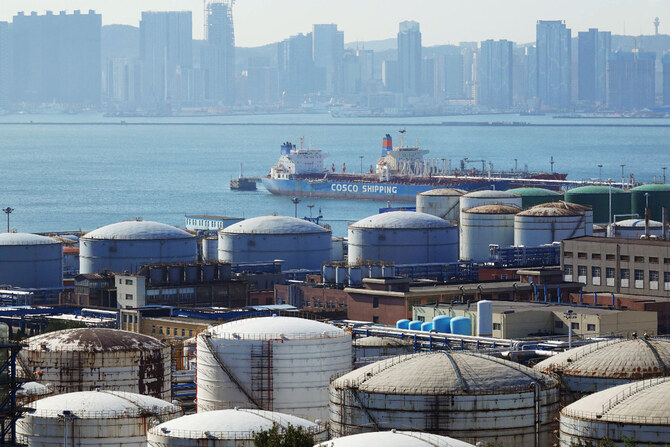RIYADH: The International Energy Agency forecasts weak oil demand growth in China for 2025, despite recent stimulus measures from Beijing.
As the world’s second-largest economy shifts toward electrifying its car fleet and experiences slower growth, this trend is expected to continue, according to IEA Executive Director Fatih Birol.
Historically, China has driven over 60 percent of global oil demand growth over the past decade, with an average economic growth rate of 6.1 percent. However, Birol noted that with the economy projected to grow around 4 percent, energy needs are likely to decline. He highlighted that the demand for electric vehicles, now competitive with traditional cars, will contribute to this decrease.
Birol remarked that the impact of China’s fiscal stimulus has been less significant than anticipated, stating, “It will be very difficult to see a major uptick in Chinese oil demand.”
Global oil prices are currently around $70 per barrel, having dropped over 7 percent last week, even amid rising geopolitical tensions in the Middle East.
Birol pointed out that one reason for the muted price reaction is the weak demand observed this year, with expectations of continued weakness next year.
He noted that without the petrochemical sector, Chinese oil demand would have remained flat.
Additionally, increased supply from non-OPEC producers — such as the US, Canada, Brazil, and Guyana — outpaces global oil demand growth, further limiting price increases.
When asked about the possibility of OPEC+ unwinding production cuts in 2025, Birol stated that the decision lies with OPEC, but he anticipates a surplus in the oil market next year unless significant geopolitical changes occur.
Brent crude futures rose by $1.16, or 1.6 percent, to reach $74.22 a barrel at 10:36 GMT. Meanwhile, U.S. West Texas Intermediate crude futures increased by $1.32, or 1.9 percent, settling at $70.54 a barrel.
Both Brent and WTI experienced significant declines last week, with Brent falling over 7 percent and WTI losing around 8 percent.























